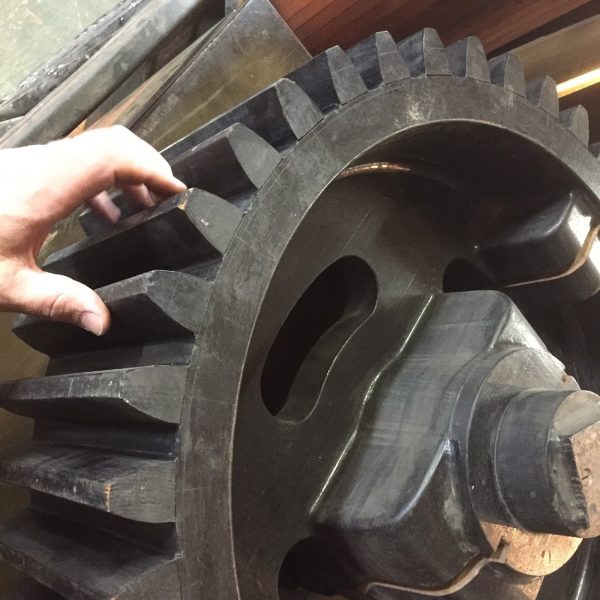casting is often used to manufacture gear blanks. Gear blanks are essentially the rough shapes of gears before they are finished and machined to their final form. By casting gear blanks, manufacturers can produce a large number of identical parts with relative ease and at a relatively low cost compared to other manufacturing methods.

The casting process for gears involves creating a mold that is the negative shape of the gear. The mold is typically made of a material like sand or plaster, which can withstand the high temperatures involved in casting metal. The molten metal is then poured into the mold, where it cools and solidifies to form the gear blank.
After casting, the gear blank is then machined to its final form. This process involves cutting, shaping, and finishing the gear to the precise specifications required for its intended use. Machining can be performed using a variety of techniques, including milling, turning, drilling, and grinding.
